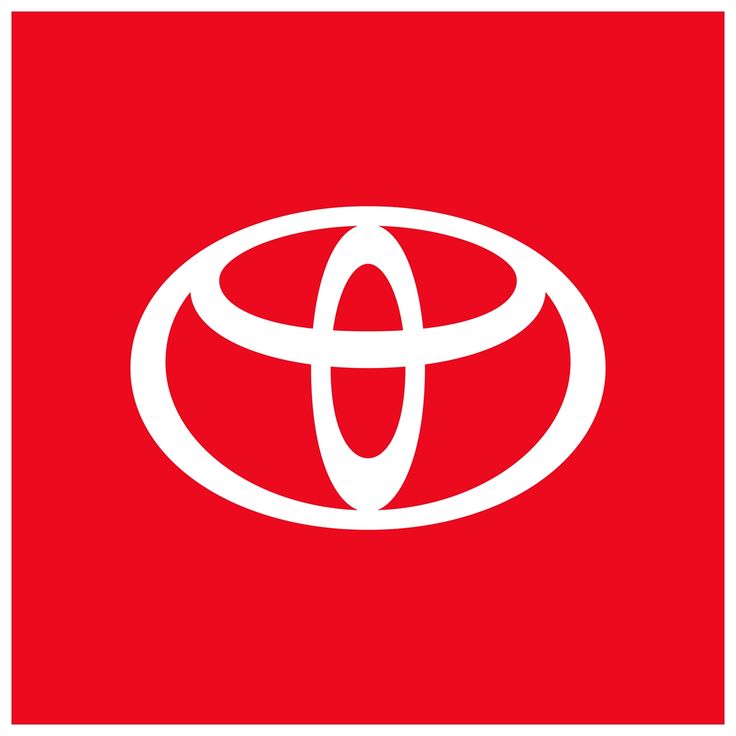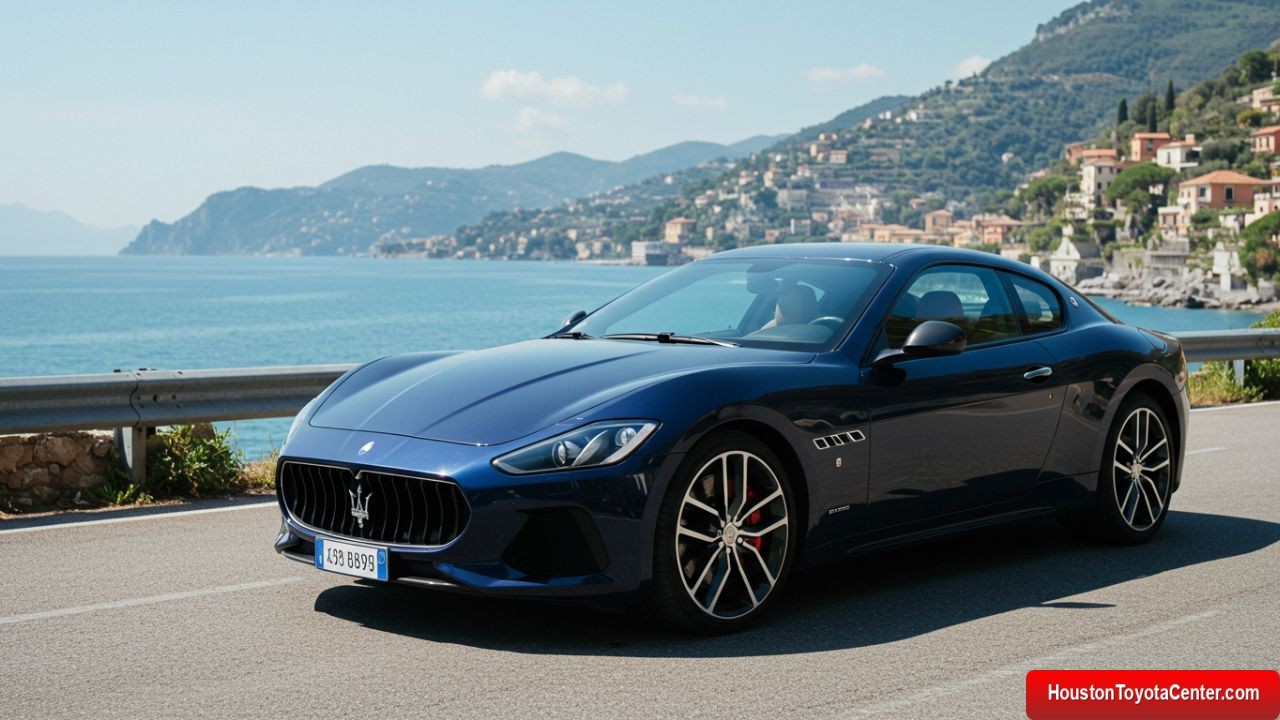The once-glamorous Maserati is now facing a critical turning point. Once hailed as the luxury pillar of the Stellantis group, the Italian automaker is struggling to stay relevant—and alive. With iconic models like the Ghibli, Levante, and Quattroporte discontinued, Maserati’s lineup is reduced to just a few expensive options and niche sports cars. Now, the brand may need to lean on its sibling Alfa Romeo just to survive.
❌ From “Luxury Pillar” to Crisis
When Stellantis formed, it promised to elevate Maserati as its top-tier luxury brand. However, that vision has all but unraveled:
- 2023: Development of the new Quattroporte halted.
- $1.6 billion investment in Maserati canceled.
- Grecale SUV seen as overpriced and not a volume driver.
The original plan to pivot toward 100% electric models has also hit roadblocks, with the brand admitting it may have moved too fast.
🆘 Alfa Romeo to the Rescue?
A new strategy, led by Santo Ficili, CEO of both Maserati and Alfa Romeo, aims to “leverage synergies” to revive Maserati. This includes:
FREE: Quickly identify and understand problems with your vehicle 🚘
CLICK HERE- Sharing platforms, engines, and electronics between brands.
- Accelerating development and cutting costs.
- Using the STLA Large platform already used by Alfa Romeo Giulia/Stelvio and Dodge/Jeep models.
“Customers are confused by too many powertrain options. Abandoning combustion engines right now may not be the best idea,” — Santo Ficili
🔧 Shared Platform Plan – What It Means
| Element | Maserati (New) | Shared With | Impact |
|---|---|---|---|
| Platform | STLA Large | Alfa Romeo, Dodge, Jeep | Cost savings, but risks design overlap |
| Quattroporte Powertrain | MHEV / PHEV (not 100% EV) | Alfa Romeo engines (likely) | More flexible for different markets |
| Levante Replacement | In planning | Possibly Giulia or Stelvio base | Faster time to market |
| Software & Electronics | Shared architecture | Alfa Romeo, Dodge, Jeep | Efficient development, reduced uniqueness |
⚠️ A Slippery Slope: The Cost of Survival
While the synergy strategy brings many advantages, it comes with a steep risk: loss of brand identity.
Maserati has long stood for exclusivity, heritage, and Italian craftsmanship. But shared components could blur those lines. The industry already saw this happen with the Alfa Romeo Tonale, which was criticized for being a rebadged Dodge Hornet.
Ficili insists Maserati’s DNA will be preserved, saying:
“Even with shared technology, Maserati will remain distinct.”
But will that be enough?
🏁 The Road Ahead: Reinvention or Redundancy?
Maserati’s current situation is a textbook case of a legendary brand at a crossroads:
- 📉 Shrinking lineup
- 💸 Slashed investments
- 🔄 Revised electrification strategy
- 🔧 Shared platforms with mass-market brands
The outcome depends on whether Maserati can balance cost-efficiency with exclusivity. The next generation of Quattroporte and Levante will be the ultimate test.
🗝️ Key Takeaways
- Maserati is facing a survival crisis, with major models discontinued and sales weak.
- Alfa Romeo technology may be the lifeline that saves the brand.
- Maserati will shift from 100% electric to mild hybrid (MHEV) and plug-in hybrid (PHEV) strategies.
- Platform and component sharing will help cut costs but risks diluting Maserati’s luxury image.
- The brand must navigate carefully to avoid becoming a luxury badge on a common platform.
📰 Final Word
Maserati may survive—but at what cost? As it leans on Alfa Romeo for support, the brand must decide how much of its soul it’s willing to sell to stay on the road.


Leave a Reply